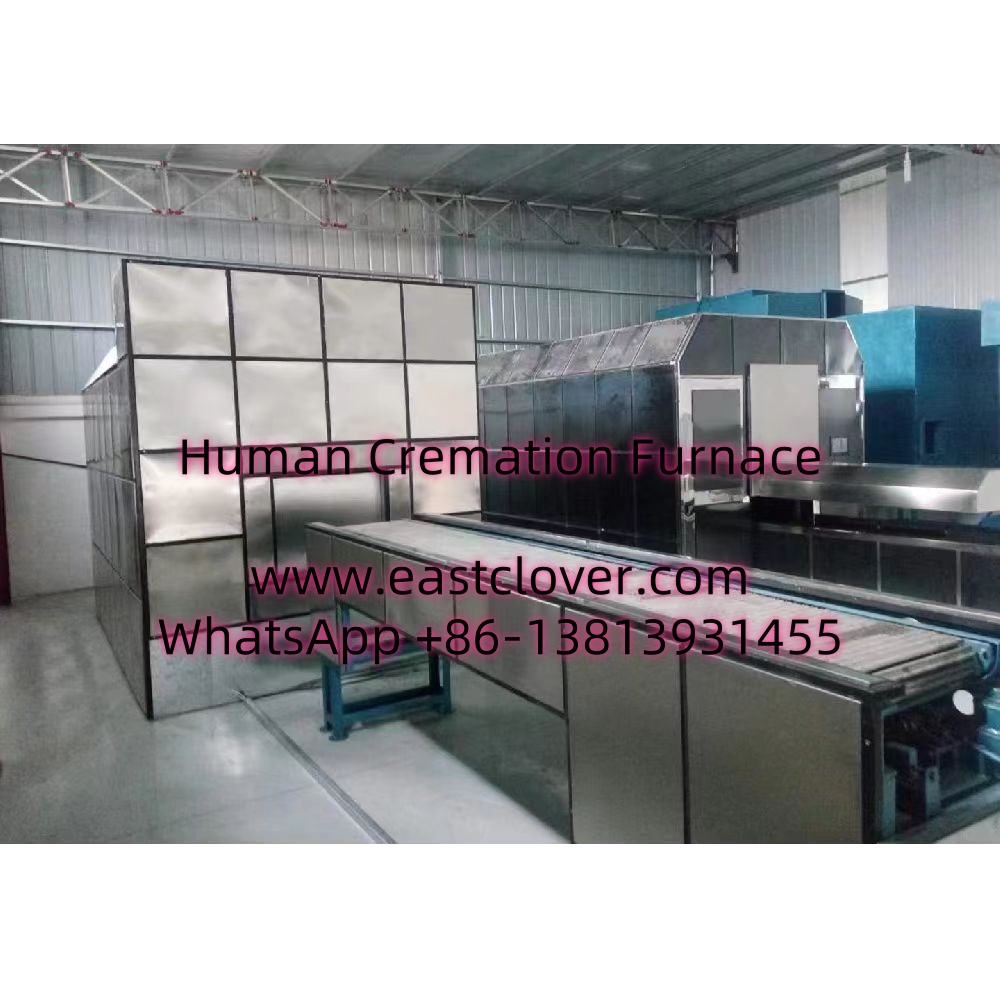Introduction
South Africa faces a mounting waste management crisis, particularly in rural and underserved communities. With landfills overflowing and limited infrastructure to handle growing waste volumes, harmful practices like open burning and illegal dumping have become widespread. In response, innovative solutions such as custom mobile container incinerators are emerging as a beacon of hope, offering a sustainable and adaptable approach to waste disposal. These systems are not only addressing environmental concerns but also empowering communities to take charge of their ecological health.
The Waste Management Crisis in South Africa
Urbanization, population growth, and inadequate infrastructure have exacerbated South Africa’s waste management challenges. Rural areas, in particular, suffer from:
- Limited access to formal waste collection services.
- Overflowing landfills contaminating soil and water sources.
- Healthcare facilities lacking proper medical waste disposal systems.
- Open burning of trash releasing toxic pollutants.
The consequences are dire: increased respiratory illnesses, environmental degradation, and heightened climate risks due to methane emissions from decomposing waste. Traditional waste management models, which rely heavily on centralized landfills, are ill-suited to the dispersed and resource-constrained realities of rural South Africa.
Rural Revolution: The Rise of Mobile Incinerators
Custom mobile container incinerators represent a paradigm shift in waste management. These units are:
- Portable: Mounted on trailers or skids for easy transport between communities.
- Scalable: Designed to handle varying waste volumes, from small villages to large settlements.
- Eco-Friendly: Equipped with advanced filtration systems to minimize emissions.
In regions like the Eastern Cape and KwaZulu-Natal, municipalities and NGOs are deploying these incinerators to process general, medical, and agricultural waste. For example, a pilot project in Mpumalanga reduced illegal dumping by 70% within six months by providing communities with localized incineration capabilities.
How Mobile Container Incinerators Work
These systems integrate high-temperature combustion chambers (reaching 800–1,000°C) with pollution control technologies such as scrubbers and particulate filters. The process involves:
- Waste sorting and loading into the incinerator.
- Combustion, converting waste into inert ash and gases.
- Emission treatment to remove harmful particulates and dioxins.
Modular designs allow customization for specific waste types. For instance, medical incinerators include secondary chambers to ensure complete destruction of pathogens, while agricultural models prioritize biomass efficiency.
Environmental and Social Impact
Mobile incinerators are driving tangible benefits:
- Reduced Pollution: Cutting greenhouse gas emissions by up to 90% compared to open burning.
- Health Improvements: Lower incidence of respiratory diseases in communities using incinerators.
- Economic Opportunities: Local jobs in waste sorting, operation, and maintenance.
In Limpopo, a community-led incinerator project partnered with a youth training program, creating 45 jobs and diverting 12 tons of waste monthly from landfills.
Challenges and the Path Forward
Despite their potential, barriers remain:
- High upfront costs for advanced emission control systems.
- Regulatory hurdles in obtaining waste management permits.
- Need for community education to prevent misuse.
Solutions include government subsidies for green technology, public-private partnerships, and integrating incinerators with recycling initiatives. Advocacy for standardized regulations across provinces will also be critical to scaling adoption.
www.southclover.com
Custom mobile container incinerators offer a pragmatic and transformative solution to South Africa’s waste crisis. By decentralizing waste management, these systems empower rural communities to mitigate environmental harm, improve public health, and foster economic resilience. While challenges persist, strategic investments and policy reforms can unlock their full potential, paving the way for a cleaner, healthier future.
FAQs
1. How do mobile incinerators differ from traditional incineration plants?
Mobile units are smaller, transportable, and designed for localized use, whereas traditional plants are large-scale, fixed facilities serving urban areas.
2. Are mobile incinerators environmentally safe?
Modern systems include emission controls to meet international standards, significantly reducing pollutants compared to open burning.
3. What types of waste can they process?
They handle general, medical, agricultural, and even some industrial waste, depending on design specifications.
4. How do communities fund these systems?
Grants, government subsidies, and partnerships with NGOs or private companies are common funding avenues.
5. Can communities operate incinerators independently?
Yes, with proper training. Many projects include capacity-building programs for local operators.
6. What happens to the ash produced?
Inert ash can be safely used in construction materials or landfilled, as it poses minimal environmental risk.

Comments are closed